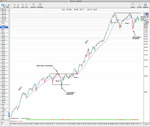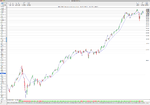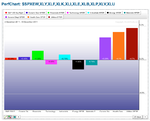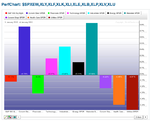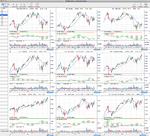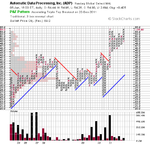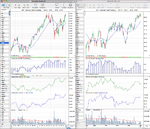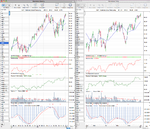This website may help also to give specific ideas. Current Watch List from stocktiger.net Main Menu
Weinstein does not actually suggest looking for historical parallels. However, we all seem to do it - and come up with different answers!
Stocktiger looks at a 5 year chart of SPX (monthly) and finds it reasonably bullish despite an uptrend break. http://stocktiger.net/newsletters/news030112.php
You have looked at a 2 year chart and find it reasonably bullish, and see perhaps current parallels with the "Stage 1" of around July 2010
I looked at a 10 year chart and find it bearish, seeing only today's parallel to the stage 3/4 congestion around mid 2008. http://tinyurl.com/72adu5l
I like to draw historical parallels, and the more features you add to the description, the less likely you are to find a parallel. You have to select the few best features in order to find the best parallel. It's a problem !
Weinstein does not actually suggest looking for historical parallels. However, we all seem to do it - and come up with different answers!
Stocktiger looks at a 5 year chart of SPX (monthly) and finds it reasonably bullish despite an uptrend break. http://stocktiger.net/newsletters/news030112.php
You have looked at a 2 year chart and find it reasonably bullish, and see perhaps current parallels with the "Stage 1" of around July 2010
I looked at a 10 year chart and find it bearish, seeing only today's parallel to the stage 3/4 congestion around mid 2008. http://tinyurl.com/72adu5l
I like to draw historical parallels, and the more features you add to the description, the less likely you are to find a parallel. You have to select the few best features in order to find the best parallel. It's a problem !

